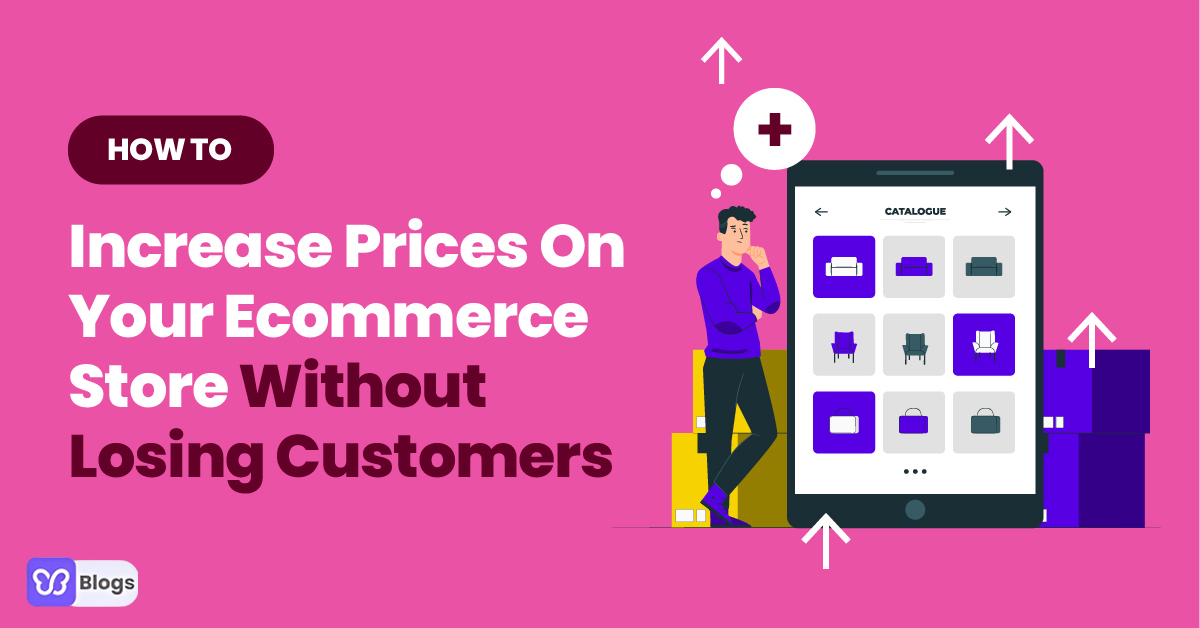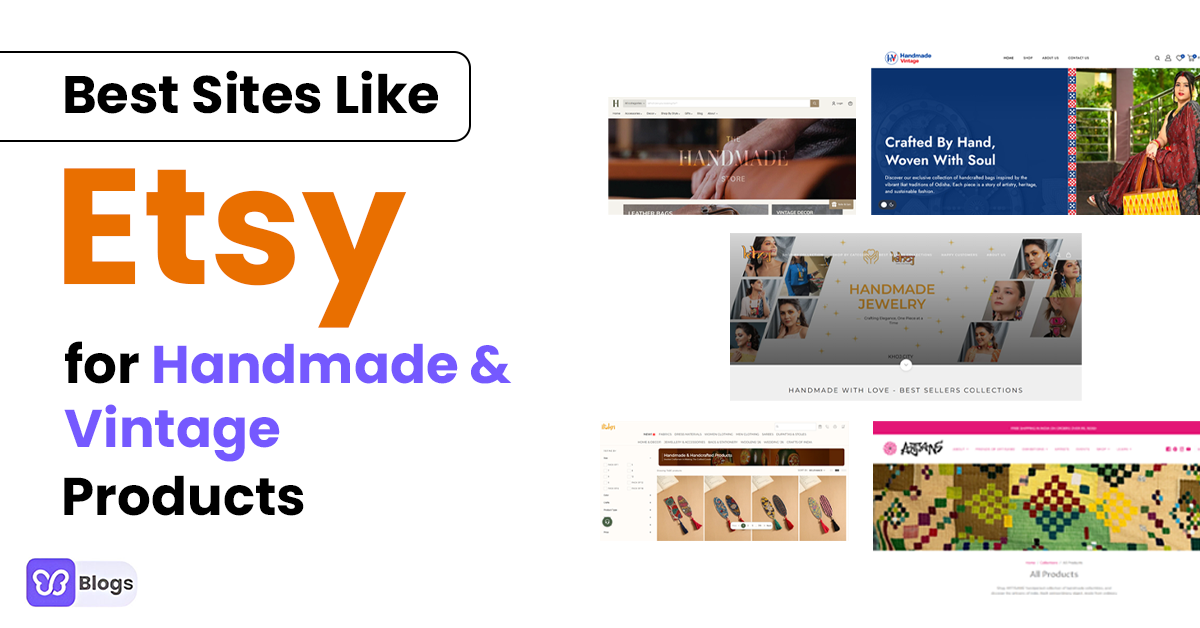For many people, once they list a product in their store, the price remains the same for a while. While this isn’t a bad thing, a lot of factors in the market keep changing from time to time.
Sometimes, it is important to increase e-commerce prices. It helps you maintain or even improve your markup. But it’s not always as simple as changing the product price. How you present this change matters. With Debutify, you can get add-ons to show more than just the new price and give context neatly and briefly.
Let’s go through some tips on how to successfully raise prices on your e-commerce store:
Revisit And Polish Prices Regularly
Set a given period, say a quarter of a year. Check for any changes in costs like packaging, procurement from suppliers, and even site administration. Visit your competitors’ stores and see whether they’ve responded to industry-wide changes.
These could be transportation costs or new, increased taxes. If you end up having to change the product price, increase it just enough to still make a good profit. Don’t set it too far from what your competitors are offering. Without any additions to your value proposition, be prepared to explain why the price was increased.
Train your employees on how to handle questions about the new price. Remain consistent in other areas such as customer support. Run surveys to know how customers feel before making changes.
List Upgraded Products
Try offering an upgraded version of the product, with the new price slightly higher than the change in product value. Upgrades can come in many ways. You can offer changes in material or design, such as a glossy finish.
You can increase the number of pieces for products that come as a pack or set. Longer handles with more grip for certain household tools. Extra material, colorful, and complex designs.
Just make sure the customer feels like they are getting more. To do this better, research to find out what people usually want from certain products. What’s missing in the benefits? Upgrades that are not needed will only make the price seem ridiculous.
Bundle Up The Products
Put products that complement each other in a set. An example is a bicycle and a bike helmet or protective pads. Use pure bundling or a slight variation of it.
Here one or both of the products are only available when bought together. Increase the price of the main product slightly. Tie it to a cheaper accessory to hide your increase in the overall total. This pair can also be pushed as an upgrade.
Check for the individual prices for both products on other sites. Ensure their totals don’t offer a much better deal than yours. Give a great user experience and customer support. This can help to keep customers around.
Give Other Valuable Services
Offer extra services like installation, gift wrapping, changeable delivery address, faster shipping, warranty buy-ins, etc. These can be presented as options, with the product price staying fixed. Those who choose the service pay extra. Make the new total clear and have it a little higher to get you the would-be increase on the product price.
Tailor these services to particular products. Goods like inflatable pools, bounce houses, slides, and water beds are good examples.
They require a little bit of setting up, which the buyer may not be ready to do. The same may apply to other machinery like lawnmowers, generators, and power tools.
Products like dolls, china sets, and flower vases are more likely to be bought as gifts and require wrapping. Attach a service that is relevant to the product.
Another related offer is the customization of products, especially with user-created designs. A customer may pay way more if they know it’s the only way to get an ultra-specific product version.
Offer to print designs on items for a higher price. To convert more through these added services, you need a theme that makes displaying and selecting them easier.
Use Pricing Software
If you have a method you usually follow, try pricing software for the work. These tools can be fed parameters like minimum markup, competitor’s price, etc. With a formula in place, they can adjust prices on their own.
Pricing software helps a lot in cases where you have frequent changes in certain costs. It works well for products whose prices are mainly affected by a particular factor like season or transportation.
This software is also really useful if you have too many product listings. It enables you to reduce the work of changing each price manually.
Segment The Customers
Put the customers in different groups. Change the price for one group, then collect customer feedback and other behavioral data. This can help you determine how the change will likely be received on a wider scale.
You can create the group based on factors like locations where transportation is higher. Single-out zones where storing your inventory is more expensive. Once you’ve figured out the more receptive groups, find groups with similarities.
Adjust the price for them too. Try not to do this for too long if there isn’t much of a value gap given to the different customer segments. Some customers may leave you if they find out that they are paying much more than others for no good reason.
Notify Customers
Once you’ve done all the necessary testing, craft a message for your customers. Thank them for their continued support. Let them know the new price and when it takes effect.
Make the reason for the increase very clear. Remind them that they will still get all the other supplementary services usually offered. Where new prices affect other discount and promotion terms, be clear on what changes and what doesn’t.
Always be as personal as possible.
Get Your Timing Right
If you’re going to increase prices due to seasonal scarcity, don’t do it way before other sellers. Stock up as much as you can before the suppliers’ price goes up. Check to see if the item is sold out in most other stores. Offer the product with an increase that gives you decent room for adjustment.
When competitors stock up again and try to undercut you, you can respond with a more competitive price. This is easier to do if you got enough inventory early, and made a good markup in the initial stage of your increase. With subscription cases, you might need a different approach. Try using longer intervals. Find out the most common renewal time.
Make sure your change is positioned close. This move is to help you reduce the amount of time available for people to go looking for better deals. It may not be wise to increase prices right in the middle of the subscription period for most customers.
For cases where you are offering some added value, put it in place when most expirations are close. Customers need to know any new things they might miss out on if they don’t renew.
The general rule is to look for a time when customers are most satisfied. This is when they have the least reasons to oppose a price increase.
Soften Their Resistance
Earlier on in price increases, offer new and attractive discounts and promotions on the respective products. Give the old ones a facelift and make them more enticing.
These help to soften the blow on the customer. When they buy at the new price, they are still getting deductions. As time goes by, you can slowly cut back on these offers. Try to keep prices for older, less attractive product versions unchanged.
You can also run a charitable program. Set a target to be fundraised.
Let customers know that a percentage of that new price will go to the stated cause. With a theme like Debutify, you can easily add charity management apps to your Shopify store. These include Round-Up for Charity, Give and Grow Donations, One Tree Planted, and Easy Donation.
Download Debutify, the highest-converting free Shopify theme, here! If you have new services being launched, put them at the forefront. It could be delivered to new locations, new account functions, slight visual changes, product listings, etc. Blast them a little harder. These create the feeling that you always reinvest in the business.
They also make it seem like your brand is elevating. It’s just like how you can inquire from restaurant customers and change to more comfortable furniture. Or improve the décor. For something customers usually point out, a price increase with an improvement in that area can be received better.
In Conclusion
Here are the vital things to remember as you attempt to increase prices on your eCommerce store without losing existing customers. Always try to offer a little something extra. Have the right timing. Keep an eye on your competition and don’t get greedy.
You need a good theme to have all this new information adequately displayed while still guiding customers to checkout.





